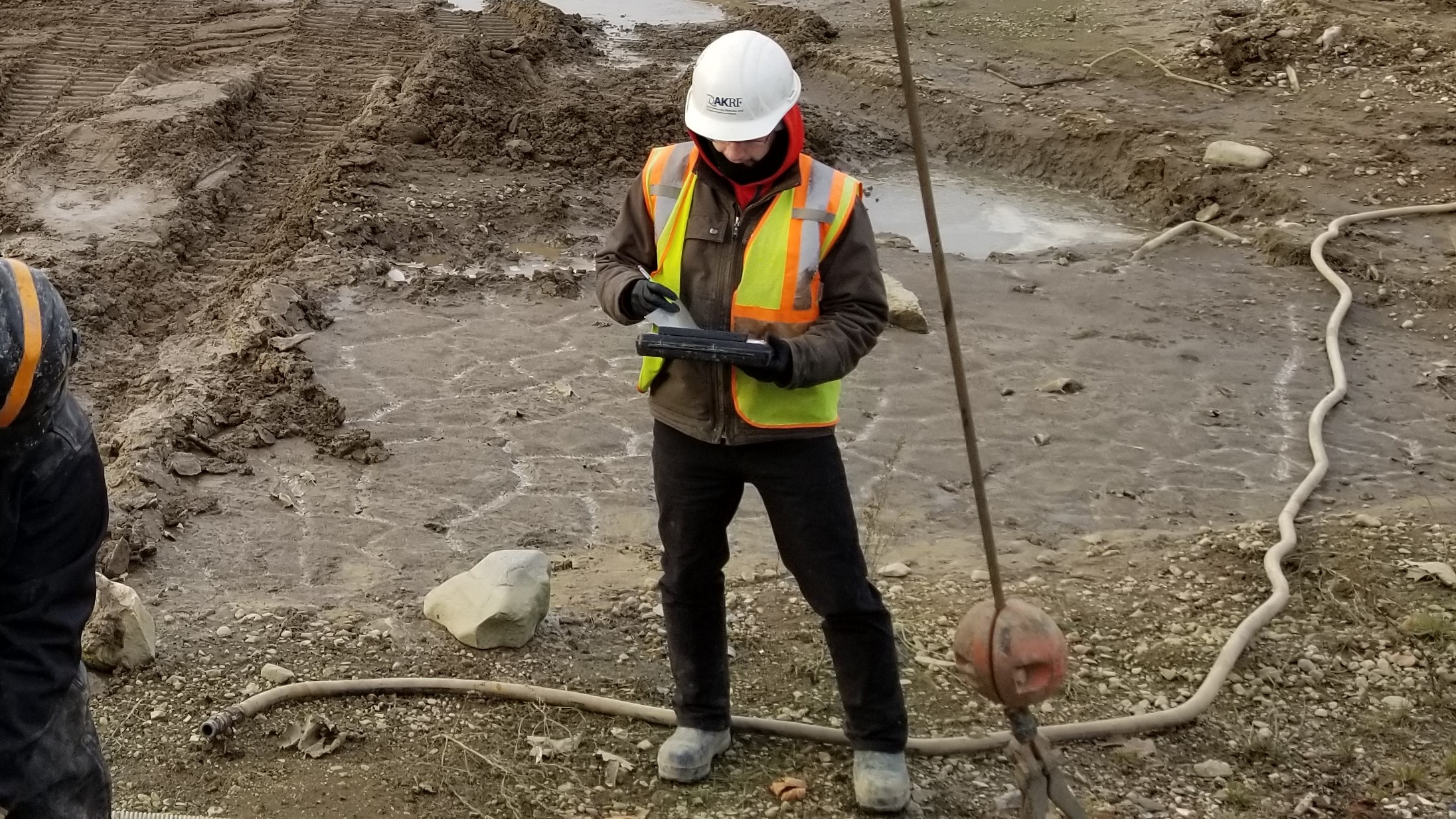How a Skilled Tailings Engineer Can Optimize Your Mining Operations
How a Skilled Tailings Engineer Can Optimize Your Mining Operations
Blog Article
The Interdisciplinary Approaches in the Geotechnical Market: Connecting the Gap In Between Engineering, Geology, and Environmental Science for Optimal Job End Results
The assimilation of engineering, geology, and ecological scientific research within the geotechnical market is not just useful; it is important for accomplishing optimum job results. This interdisciplinary partnership fosters a thorough understanding of complicated site conditions, enabling ingenious solutions to emerge. By taking a look at vital roles and successful case researches, we can uncover the dynamic interplay that drives project success. Challenges stay in efficiently taking care of these multidisciplinary efforts, elevating concerns concerning possible advancements and future trends. What techniques might arise to promote this essential collaboration and boost the effectiveness of geotechnical methods?
Importance of Interdisciplinary Cooperation
The relevance of interdisciplinary collaboration in the geotechnical sector can not be overstated. Reliable geotechnical tasks require the combination of diverse proficiency from various areas, including engineering, geology, and ecological science. This collaboration guarantees that all aspects of a project are considered, leading to thorough remedies that attend to complicated challenges.
Interdisciplinary partnership fosters technology by enabling professionals to share understandings and methods that might not be evident when working in seclusion (tailings engineer). By leveraging the strengths of several techniques, teams can recognize prospective threats, optimize layout procedures, and enhance the sustainability of geotechnical tasks. Such cooperation advertises a holistic understanding of site-specific conditions, which is essential for precise analysis and decision-making.
The intricacy of geotechnical projects demands a worked with method to problem-solving. Inevitably, interdisciplinary cooperation is vital for progressing finest methods and accomplishing quality in the geotechnical sector.
Key Functions of Each Discipline
Partnership amongst numerous self-controls is not just helpful; it is important for the effective implementation of geotechnical jobs. Each self-control-- design, geology, and ecological science-- plays a distinct yet interconnected function that adds to project efficiency and sustainability.
Geotechnical engineers are largely in charge of developing foundations and making sure architectural honesty. They examine dirt and rock residential properties to evaluate load-bearing capabilities, providing essential data for safe building techniques. Their competence enables the formula of ingenious solutions to complicated challenges.

Environmental researchers evaluate the potential impacts of construction on communities and water resources. They perform ecological analyses and create mitigation strategies to decrease damaging impacts. By integrating ecological considerations, they ensure conformity with policies and advertise sustainability throughout the task lifecycle.
Study of Successful Integration
Successful assimilation of geotechnical self-controls can be exemplified via various study that highlight the efficiency of synergy in addressing intricate design challenges. One significant example is the construction of the Hong Kong-- Zhuhai-- Macau Bridge, where a collective technique entailing geotechnical design, geology, and environmental science was critical. Rock hounds and engineers operated in unison to evaluate the seabed problems and maximize the foundation style, ensuring security and reducing environmental influence.
One more impactful case look these up is the enhancement of slope stability in the San Francisco Bay Location, where an interdisciplinary team combined geotechnical evaluation with environmental assessments. By integrating Our site geological surveys and hydrological studies, the group efficiently recognized potential landslide dangers and carried out reliable reduction measures, improving security and sustainability.
Additionally, the redevelopment of Brownfield websites usually calls for a multidisciplinary approach. In one situation in Chicago, partnership amongst geotechnical engineers, environmental researchers, and city coordinators resulted in the effective removal of polluted soil, permitting the secure makeover of the site into a neighborhood park. These study illustrate that interdisciplinary cooperation not just addresses technical obstacles however likewise cultivates ingenious options that benefit both tasks and neighborhoods.
Challenges in Multidisciplinary Projects

In addition, working with timetables and operations among various groups can be bothersome, particularly when each discipline has unique task turning points and deliverables. This imbalance can cause hold-ups and boosted expenses. The challenge of source allowance also impends large; guaranteeing that customized competence is offered at critical junctures needs careful preparation and foresight.
Finally, governing conformity postures an additional substantial difficulty. Each discipline might deal with different regulatory frameworks, and lining up these needs to fulfill project objectives can be time-consuming and complicated. Dealing with these challenges demands strong management and reliable interaction strategies to cultivate cooperation and guarantee that multidisciplinary groups work cohesively towards shared goals.
Future Trends in Geotechnical Practices
As the geotechnical sector progresses, emerging fads are improving methods to attend to the difficulties faced in multidisciplinary tasks - consulting engineer. One substantial fad is the increased assimilation of see sophisticated technologies, such as fabricated intelligence and equipment discovering, right into geotechnical analysis and layout. These innovations improve anticipating modeling and danger analysis, allowing designers to make more enlightened decisions throughout the task lifecycle

In addition, the fostering of electronic doubles and real-time surveillance systems is coming to be extra widespread. These devices facilitate recurring analysis of soil conditions and architectural performance, permitting timely treatments when concerns develop.
Conclusion
In final thought, the combination of engineering, geology, and environmental science is vital for attaining optimum outcomes in the geotechnical industry. Effective situation research studies highlight the benefits of this technique, while acknowledging the challenges dealt with in multidisciplinary projects.
The integration of engineering, geology, and ecological science within the geotechnical market is not merely beneficial; it is crucial for accomplishing ideal task results. Effective geotechnical projects need the combination of varied proficiency from various areas, including design, geology, and ecological scientific research.Browsing the complexities of multidisciplinary tasks in the geotechnical sector offers a number of substantial difficulties.As the geotechnical industry evolves, emerging fads are reshaping methods to deal with the challenges faced in multidisciplinary tasks. Geotechnical designers are significantly teaming up with environmental scientists to make sure that jobs line up with sustainability goals and conform with regulatory requirements.
Report this page